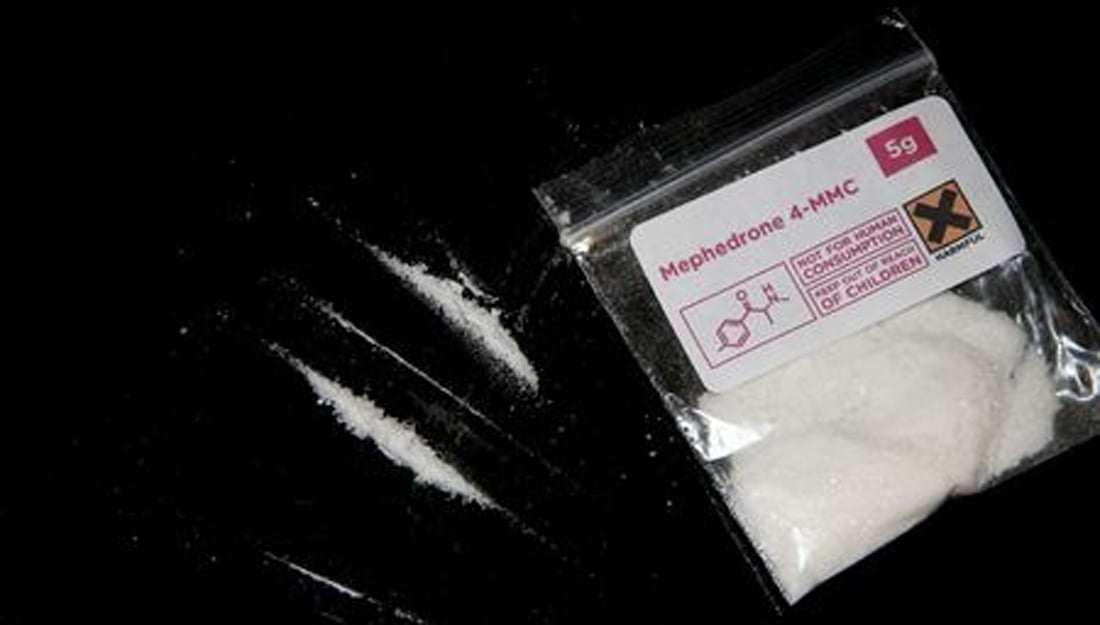Drug use is changing
A new report from the Royal College of Physicians (8 September 2014 ) One New Drug A Week, argues that the new range of Novel Psychoactive Substances (NPS) or “legal highs” requires a different treatment response.
The report makes a straightforward three point argument:
- There are many new drugs manufactured to mimic the effects of traditional recreational drugs
- There are increasing numbers of people seeking help for these legal highs or club drugs
- Existing treatment services are not set up to meet their treatment needs.
[divider]
The scale of the problem
The report presents a range of key facts and figures in support of its argument, representing a growing trend:
- Approximately 1 million adults use club drugs every year in the UK
- On average, one new NPS is made available for sale each week on the European and online markets
- Club drug and NPS users are reporting harm such as extreme toxic reactions, heart irregularities, damage to internal organs, overdose and hospital admission, mental health problems and the development of longer-term physical and psychological dependency
- There was a 32% increase in people approaching drug treatment services for club drugs in 2013 compared to the previous year and this user group now makes up 5% of new presentations to services.
The UK’s heroin and crack users have not switched to using club drugs and NPS – instead, a new population of users has emerged, composed of :
“a mosaic of different social groups including students, people who identify themselves as ‘clubbers’ and LBGT communities.”
[divider]
The response
Many of this group of users of these new drugs are reported to be very reluctant to seek help from traditional treatment services, seeing them as being for “problem” heroin, crack and alcohol users.
The report also argues that, with the exception of a few new emerging services (such as the Club Drug Clinic), existing services are not equipped to meet the needs of NPS users, even when they do seek help.
The report makes six recommendations for addressing this new area of need:
Step 1: Widen the front door
Treatment services need to make meeting the needs of NPS users part of their core business and actively target this group.
Step 2: Support the front line
Drug workers need to be educated about NPS and the treatment responses. A&E staff and sexual health clinics will need similar training.
Step 3: ‘Connect’ the front line
We need better liaison and referral pathways between A&E, sexual health clinics, mental health services and drug treatment services to make sure that NPS users get the service they need.
Step 4: Watch all horizons for harm
New club drugs and NPS are emerging all the time and their harmful effects are poorly understood. Patterns of use are also rapidly changing. Therefore data on the harm from NPS and club drugs should be recorded not only from drug and alcohol services, but also accident and emergency/acute care settings, primary care, sexual health services and mental health services.
Step 5: Promote research into NPS and club drugs
There is an urgent need to research and develop treatment approaches for these new drugs.
Step 6: Empower users through education
Many users and the general public have little idea about emerging NPS and club drugs or their potential for serious harm. A large scale public health education campaign is needed.
I would add a final step of my own: if treatment services are to respond effectively to this new group, they will need to overhaul their marketing and presentation. They will need to open on more evenings and weekends and deliver services in a more attractive environment, treating individuals seeking help more as consumers than patients.
Many treatment services have already started to make these cultural changes, listening more to the views of service users. The challenge here may be to balance the need of a more diverse treatment group with sometimes competing needs.
If your service is seeing more club drug users and/or is developing new approaches to respond to their needs, please share your experiences via the comments section below.







